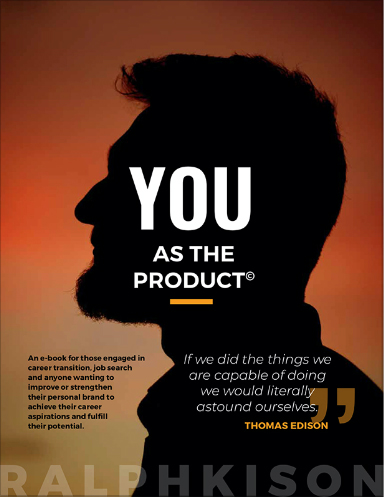Much is written relating to a leader’s requirement to be caring, demonstrate empathy, and sometimes even show their soft and human side. This can result in an attempt to try and please everyone’s requirements. The saying goes “When you’re all things to all people, you’re likely nothing to no one!”
To address the empathy deficiency, some leaders attend training programs on interpersonal and communication skills or get a coach. In the office they model their newly acquired skills and behaviors, which up to that point they did not naturally possess, with varying degrees of success.
Let’s be clear, the best, and most genuinely authentic leaders don’t need to attend a training program to show they care. Real leaders empathize with the people they lead, directly and even passionately, if required.
Leaders that are aloof and distant by nature, and who want to improve their skills must learn how to get close to their people to connect in a real way. That may require a major style shift to demonstrate they know how to connect. An improvement of emotional intelligence is at the core of this.
What most employees want are leaders with backbone and heart. Those that possess this unique balance can move us forward while making us better. These leaders show empathy and compassion that reveal they care for the team.
Now the flip side of that coin can look quite different. It’s called tough empathy.
What does tough empathy look like?
Tough empathy means giving people what they need, not what they want. Taking the cant’s and helping them so that they can. And taking the wont’s and equipping them to become competent and engaged or helping them exit. A simpler version of this is grow or go.
Being an empathetic leader means that your employees or team will not always like you, but if done right, they will always respect you. If we, as leaders, earn the respect and trust of our employees, teams, and followers, we will have done our job.
What makes real leadership so difficult is that many people can’t get past the tough decisions that lead to advancing and transformation. At best, they end up managing a situation, often to mediocrity, rather than leading through it.
Tough empathy modelled at the C-Suite level should cascade down through the organization so that mid-level leaders and front-line employees see first-hand the behaviors, attitudes, and mindset that are required to advance the organization and its people.
The benefit of modeling tough empathy is that once you have the team with you, people are willing to make the difficult decisions required to act.
Here’s the final point about modeling tough empathy. Leaders that really care and are committed to making a difference are the ones who will demonstrate tough empathy and make the difficult decisions, despite what the short-term results may be. They know in their heart and mind that if they do not act; model the behaviors required, and create the vision to advance, people will make their own assumptions regarding what is to be done. When people assume what to do, the outcomes are generally not good. Therefore, it is essential that the leader provide clear instructions and directions. This way the team knows what to do and how to act. People take their cues from their leaders – no cues, no action.
Employees don’t commit to executives and leaders who just live up to the obligations and responsibilities of their jobs. They want to see more; they want to feel more. They’re looking for a leader who cares passionately about the people, the organization, and the outcomes just as much as they do. When the leader cares and acts, people follow.
As a leader, are you willing to lead by making the tough choices and difficult decisions that will lead to long-term success? If not, why not?



Recent Comments